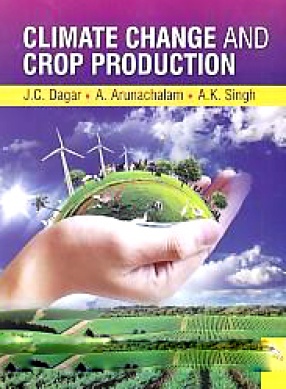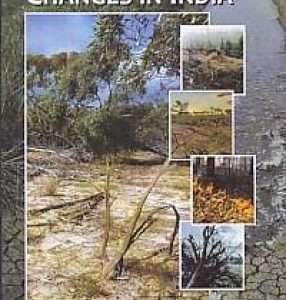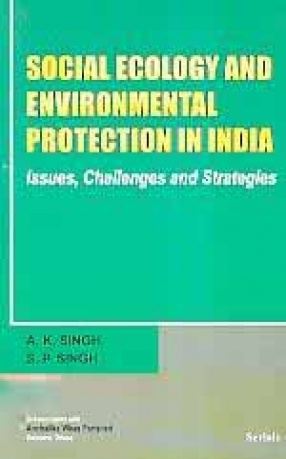Climate change is increasingly recognized as the greatest global threat facing humanity. For the majority of the world’s population, the persistent problems of food insecurity, rural poverty, and the struggle to develop and sustain new sources of economic growth must now be considered against a backdrop of uncertainty and change in historical climatic patterns. Separately and together, governments, and international organizations need to respond to the immediate concerns of environmental degradation and climate change. Under mounting time pressures, there is an urgent need to evolve win-win solutions that address both these immediate local and long-term global threats. In this regard, carbon sequestration in agricultural soils and woody perennials, and the transfer of carbon credits through market structures, represent one such win-win opportunity. Reforestation and agro-forestry systems offer perhaps the greatest potential to remove large quantities of carbon from the atmosphere. Most of the carbon market trade involves emission reduction credits but there is also growing interest in the use of trees and forests for absorbing carbon dioxide from the atmosphere. The Clean Development Mechanism of the Kyoto Protocol and some voluntary carbon markets, such as the Chicago Climate Exchange, allow countries and companies to offset their carbon emissions by carrying out tree planting projects. Keeping this in view, the present volume with 14 articles narrating the tree-based ecosystems and their role in climate change management has been synthesized to bring together the available knowledge on the subject for strategic use by the practitioners and policy makers.
Agroforestry and Climate Change Management
In stock
Free & Quick Delivery Worldwide
Bibliographic information
Title
Agroforestry and Climate Change Management
Author
Edition
1st.ed.
Publisher
Pointer Publishers, 2013
ISBN
9788171327560
Length
xiii+165p., Illustrations; 25cm.
Subjects












There are no reviews yet.